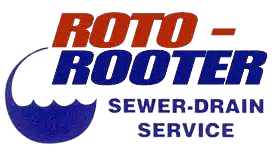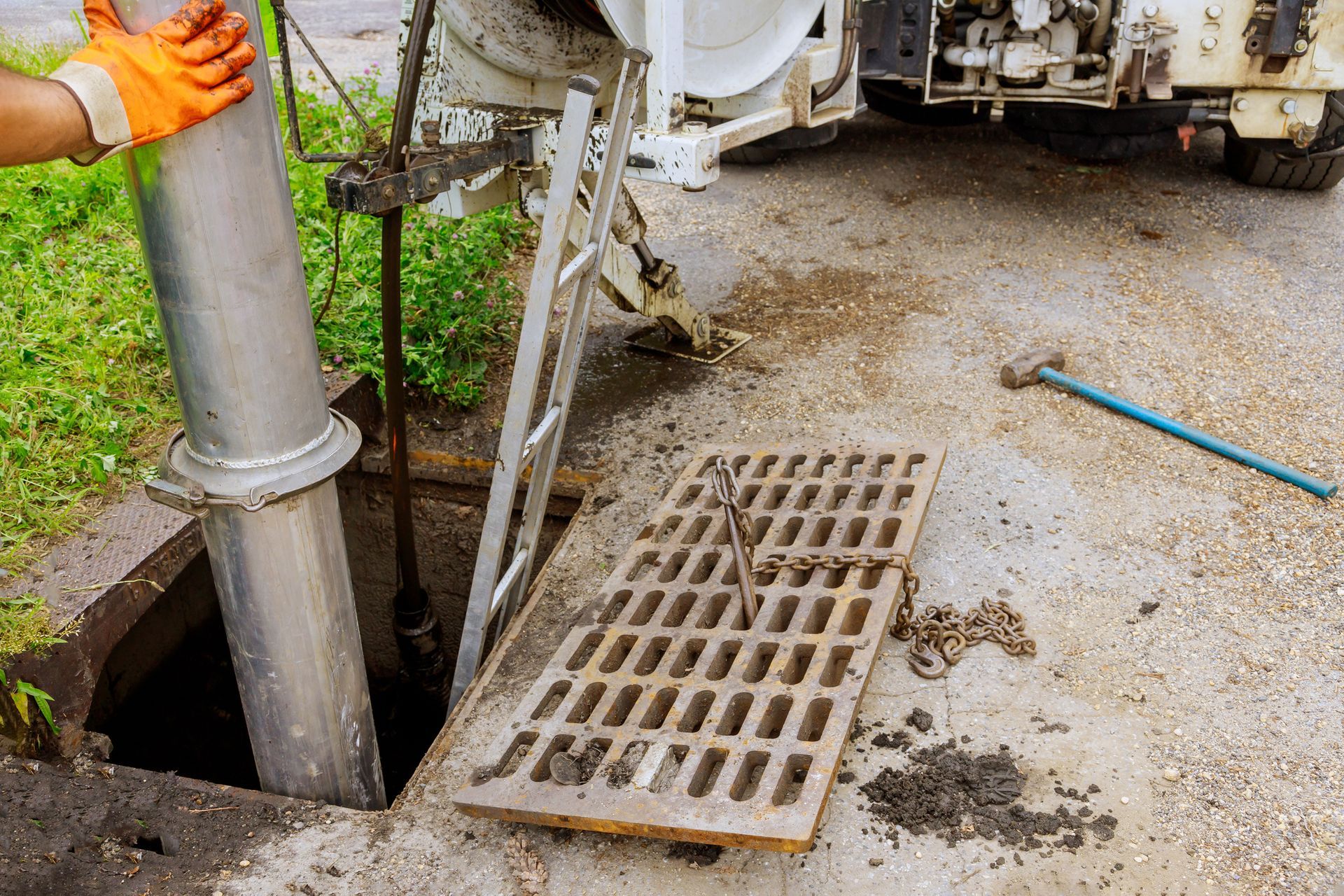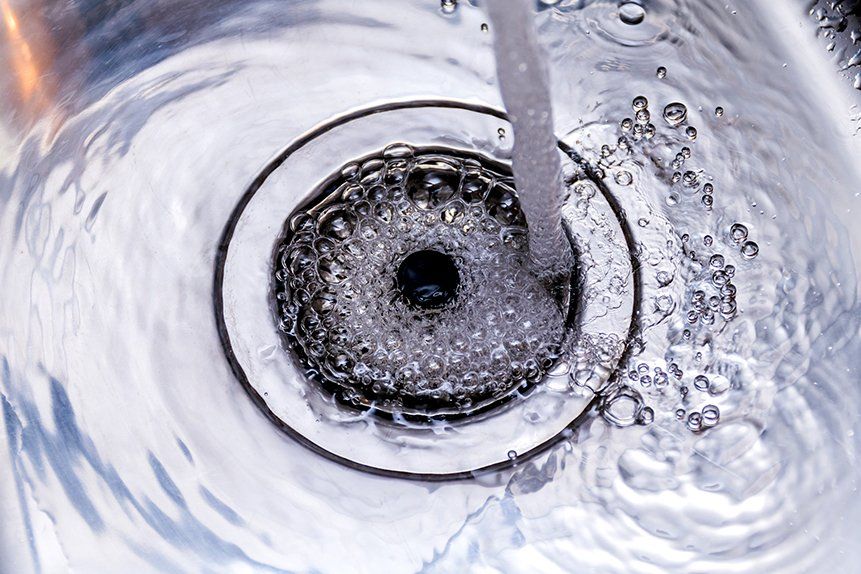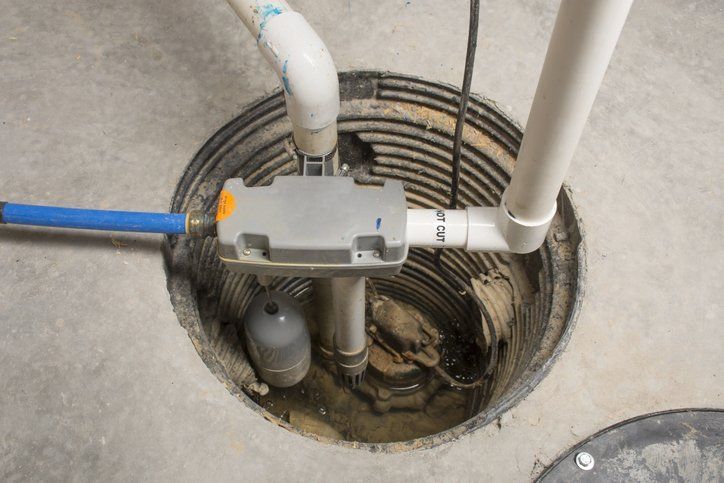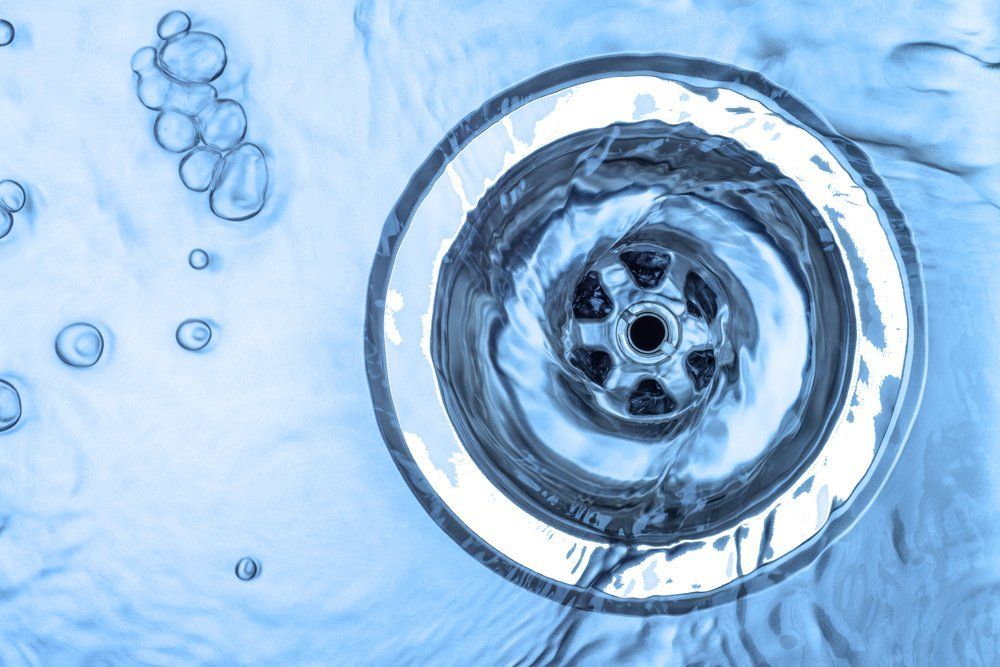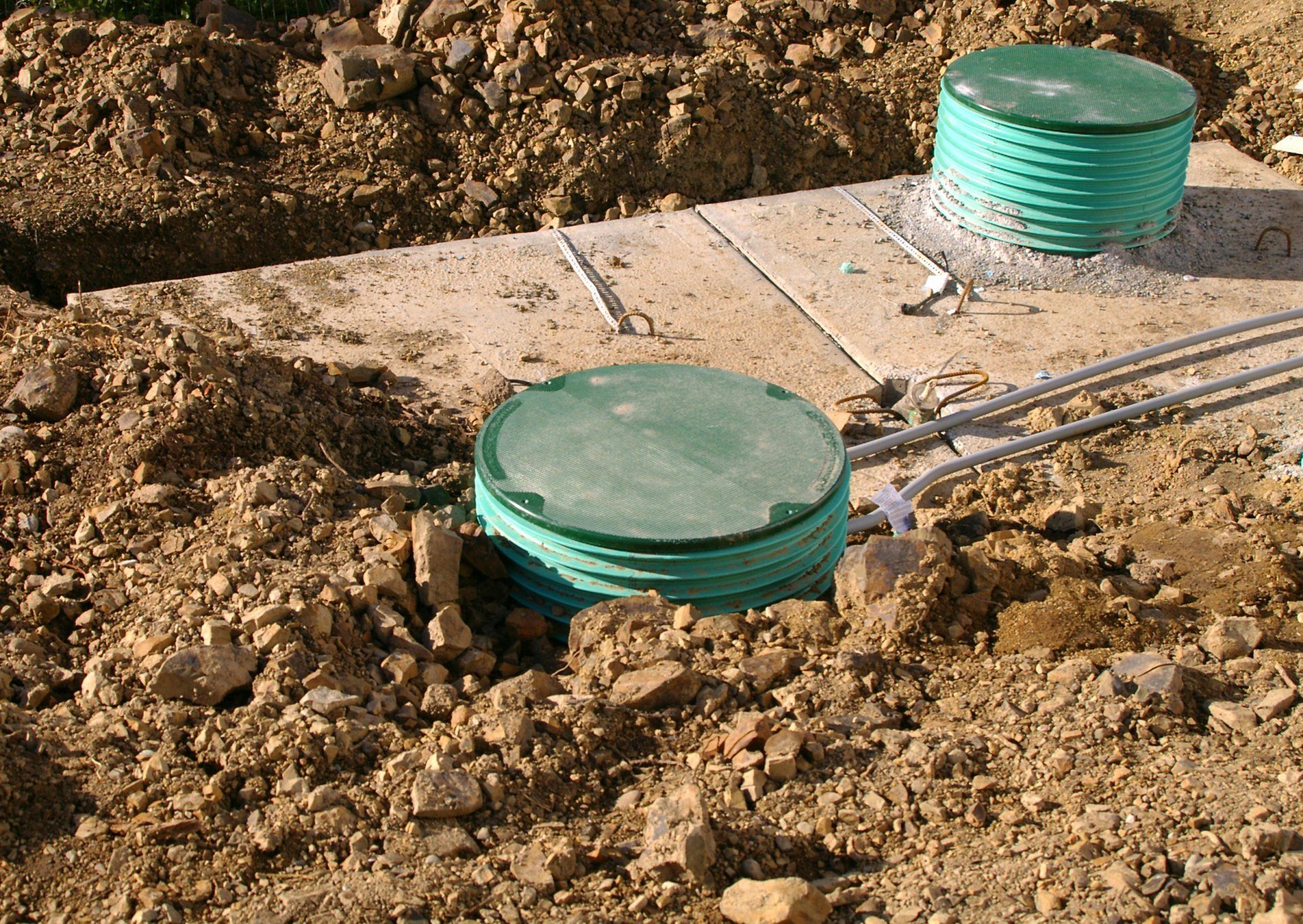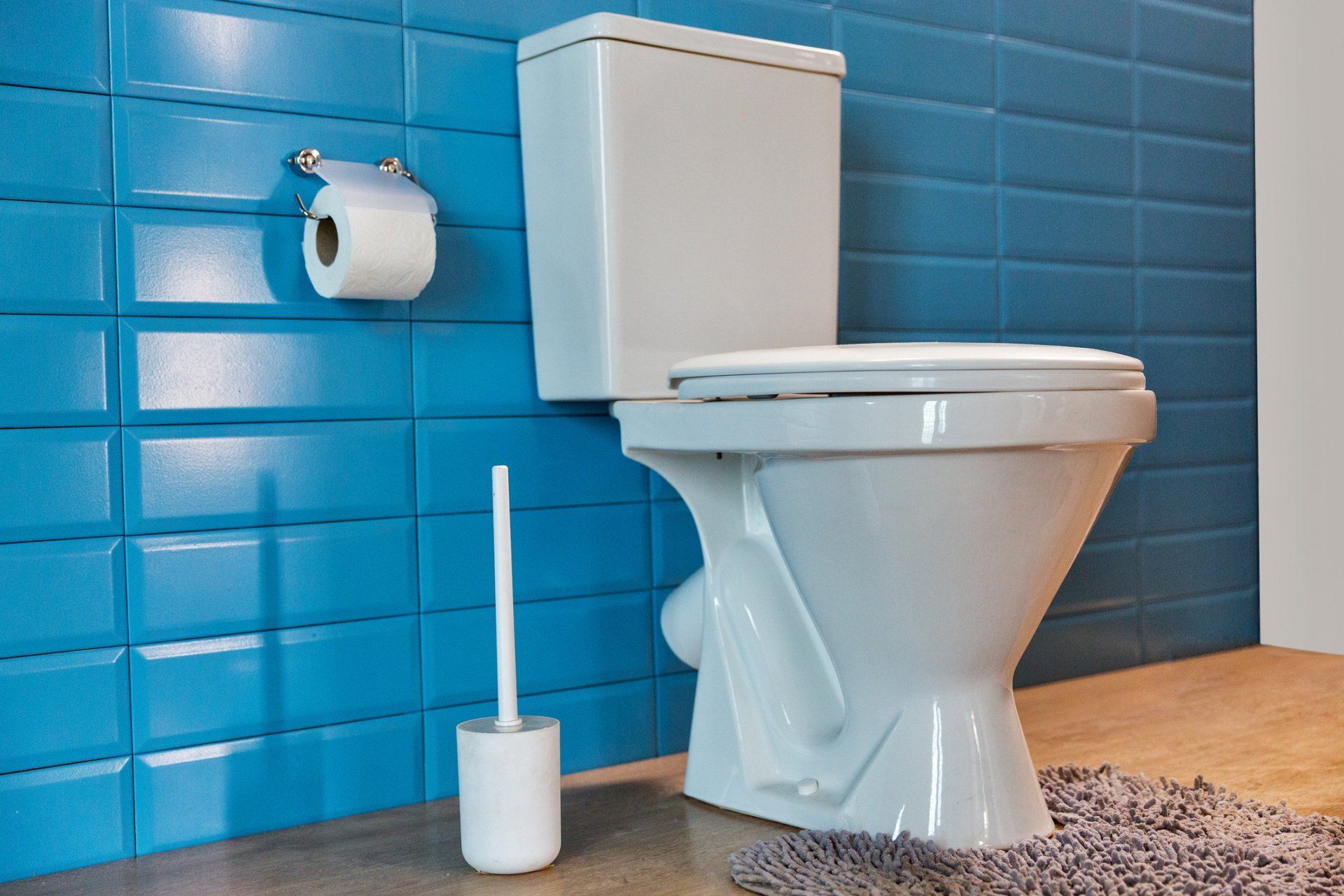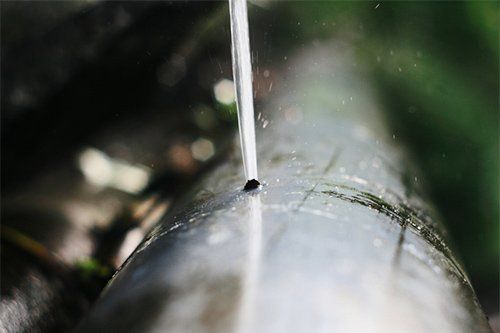3 Steps to Inspect Your Grease Trap
Admin • July 11, 2019
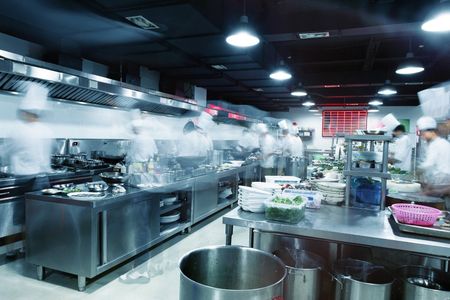
Commercial kitchens produce a lot more grease, fat, and oil than a residential kitchen. These products can wreak havoc on the plumbing system, which services not only the commercial kitchen itself but also other businesses down the line.
Grease, fat, and oil that solidifies once it has entered drainage pipes can create blockages that may lead to serious structural damage and compromised plumbing performance. Grease traps help these materials bypass drainage pipes so that anything that might clog up the plumbing can be safely contained.
Grease traps are so vital to municipal safety that inspectors routinely visit commercial kitchens to determine if their grease traps are functioning properly. You can rely on the services of an experienced plumbing company to inspect and clean out your grease traps in preparation. This will identify problems early so that you can avoid grease trap issues that could cost you later.
1. Check the Trap's Capacity
Grease traps come in many different sizes. These size variations let you invest in the grease trap that will meet your waste disposal needs, but it also means that you need to carefully monitor the growth of your commercial kitchen so that you can upgrade to a larger grease trap when necessary.
You will need to factor in the flow rate per minute of any fixtures or appliances that drain into your kitchen's plumbing. This includes regular sinks, pot-washing sinks, and dishwashers. A grease trap that is too small will allow clog-forming solid waste to leak out into drainage pipes. A grease trap that is too large will allow for the creation of hydrogen sulfide within the storage tank.
Hydrogen sulfide can convert into hydrochloric acid over time, and this acid can damage any metal pipes or plumbing valves located downstream from your kitchen. A septic company can evaluate the size of your grease trap relative to your disposal needs so that you can avoid sizing issues.
2. Evaluate Your Flow Restrictor
The mix of water and air entering the grease trap must be regulated to ensure proper performance. If too much water enters the grease trap at any given time, the trap may become overwhelmed and allow dangerous fats, greases, and oils to enter the drainage pipe.
A flow restrictor keeps water and air ratios in check. This restrictor can malfunction if the grease trap gets too full, however. The restrictor hole and the vent could clog up, which will require disassembly to clean properly.
A septic professional can check the fill level in your grease trap during an inspection to determine if a thorough cleaning is needed. These professionals can also replace your plastic flow restrictor with one that has a solid metal inner wall. Metal is less likely to corrode or deteriorate than plastic, making these types of flow restrictors more reliable over time.
3. Check for Damage
You could face hefty municipal fines if an inspector identifies any damage to your grease trap. It's better for you to spot damage on your own so that you can invest in repairs before the inspector comes by. A professional grease trap cleaning and inspection can help with this task.
The most common types of damage that plague grease traps are leaks caused by cracks in the trap walls. A septic professional can spot these cracks and replace the trap to avoid contaminating your plumbing with grease, fat, or oil.
Caring for your grease trap is one of the most important things you can do to keep your commercial kitchen running efficiently. Contact Roto-Rooter Plumbers
to set up a grease trap inspection and cleaning today, before the inspector arrives.
